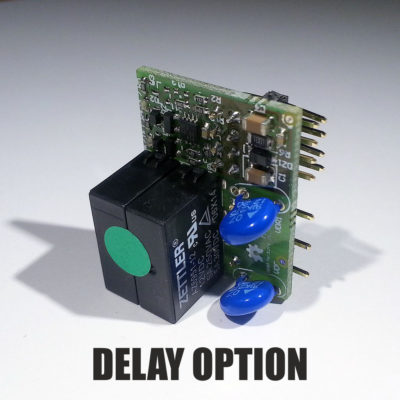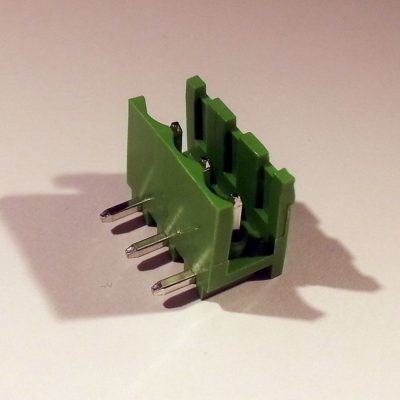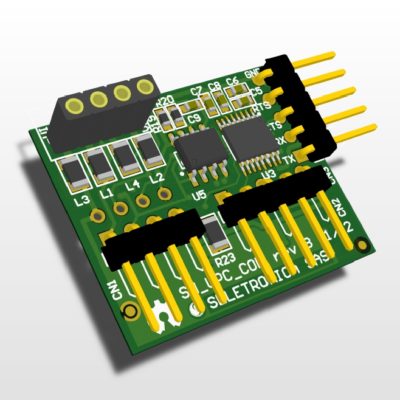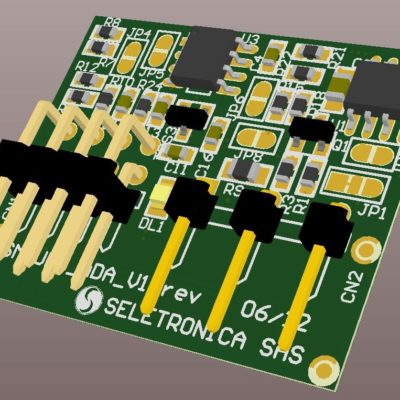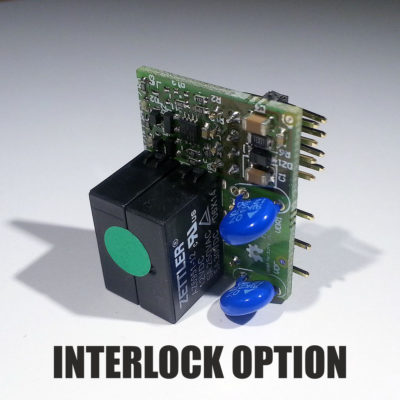We are glad to announce that the long path to achieve te EMC certification for the Archiduino products family is finally gone at its – happy, of course – end. Even though it has been designed and deeply tested in order to be mounted and used even in rough industrial applications, now Archiduino has the “driving licence” to do it also in bureaucratic terms. It achieved the EN 61326-1: 2013 class A, as you can see taking a look at the declaration of conformity attached to this post.
Archiduino – Declaration of conformity EMC Seletronica
In pictures below, some moments of the test process in the certified EMC laboratory.
-
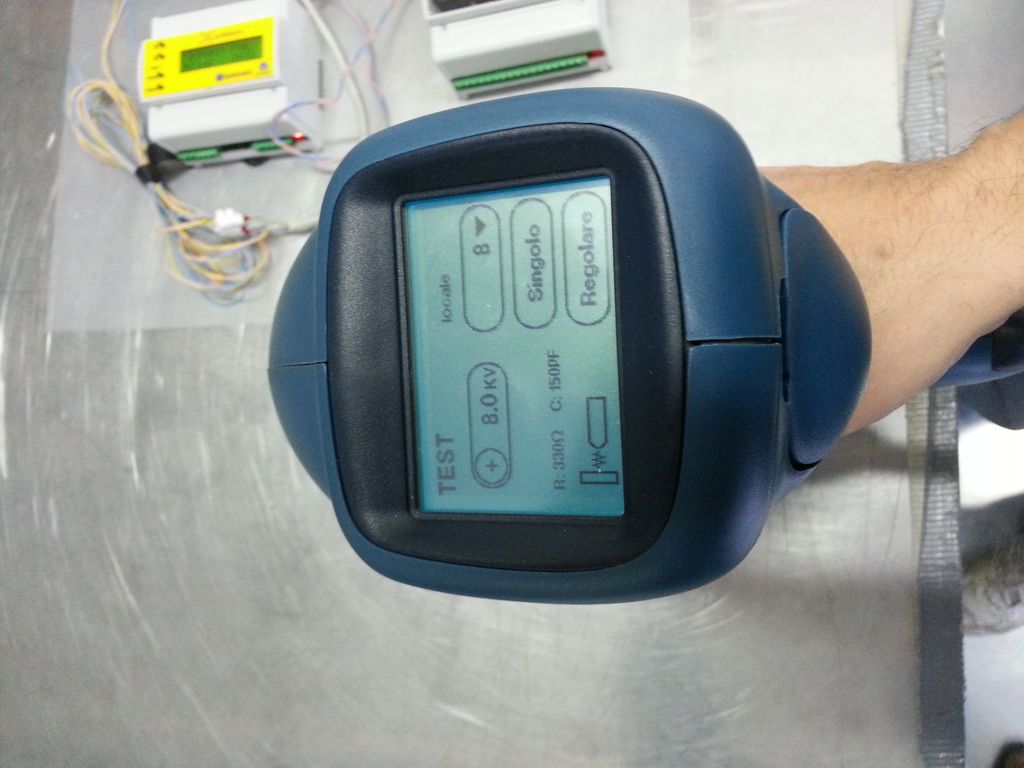
EMC TESTS: ESD Test at 8 KV
-
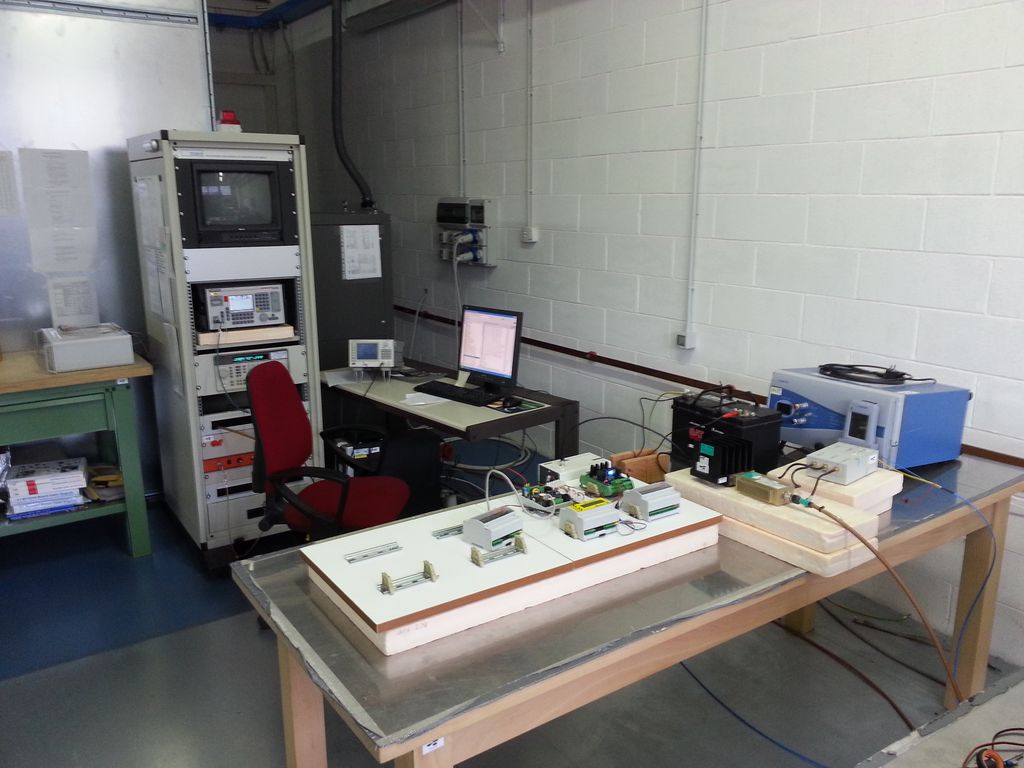
EMC TESTS: Electromagnetic compliance test
-
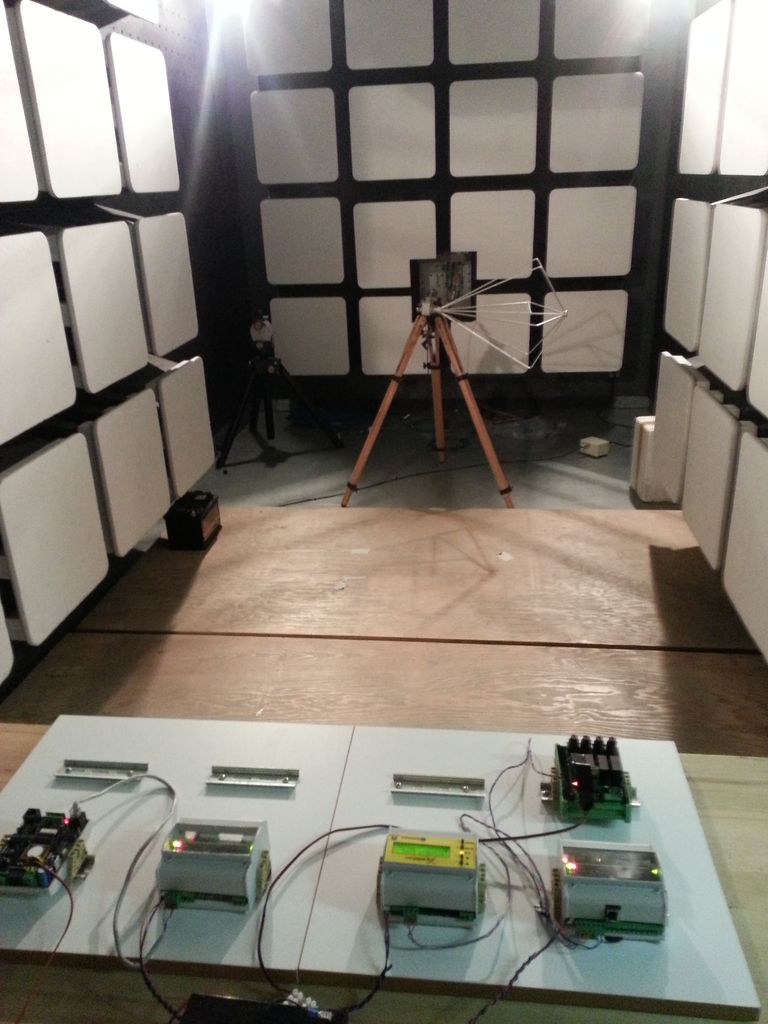
EMC TESTS: In the anechoic chamber
Electromagnetic compatibility (EMC) is the branch of electrical sciences which studies the unintentional generation, propagation and reception of electromagnetic energy with reference to the unwanted effects (electromagnetic interference, or EMI) that such energy may induce. The goal of EMC is the correct operation, in the same electromagnetic environment, of different equipment which use electromagnetic phenomena, and the avoidance of any interference effects.
In order to achieve this, EMC pursues two different kinds of issues. Emission issues are related to the unwanted generation of electromagnetic energy by some source, and to the countermeasures which should be taken in order to reduce such generation and to avoid the escape of any remaining energies into the external environment. Susceptibility or immunity issues, in contrast, refer to the correct operation of electrical equipment, referred to as the victim, in the presence of unplanned electromagnetic disturbances.
Interference mitigation and hence electromagnetic compatibility is achieved by addressing both emission and susceptibility issues, i.e., quieting the sources of interference and hardening the potential victims. The coupling path between source and victim may also be separately addressed to increase its attenuation.
Electrostatic discharge (ESD) is the sudden flow of electricity between two electrically charged objects caused by contact, an electrical short, or dielectric breakdown. A buildup of static electricity can be caused by tribocharging or by electrostatic induction. The ESD occurs when differently-charged objects are brought close together or when the dielectric between them breaks down, often creating a visible spark.
ESD can create spectacular electric sparks (lightning, with the accompanying sound of thunder, is a large-scale ESD event), but also less dramatic forms which may be neither seen nor heard, yet still be large enough to cause damage to sensitive electronic devices. Electric sparks require a field strength above approximately 4 kV/cm in air, as notably occurs in lightning strikes. Other forms of ESD include corona discharge from sharp electrodes and brush discharge from blunt electrodes.
ESD can cause a range of harmful effects of importance in industry, including gas, fuel vapour and coal dust explosions, as well as failure of solid state electronics components such as integrated circuits. These can suffer permanent damage when subjected to high voltages. Electronics manufacturers therefore establish electrostatic protective areas free of static, using measures to prevent charging, such as avoiding highly charging materials and measures to remove static such as grounding human workers, providing antistatic devices, and controlling humidity.
ESD simulators may be used to test electronic devices, for example with a human body model or a charged device model.
(excerpt from Wikipedia)


